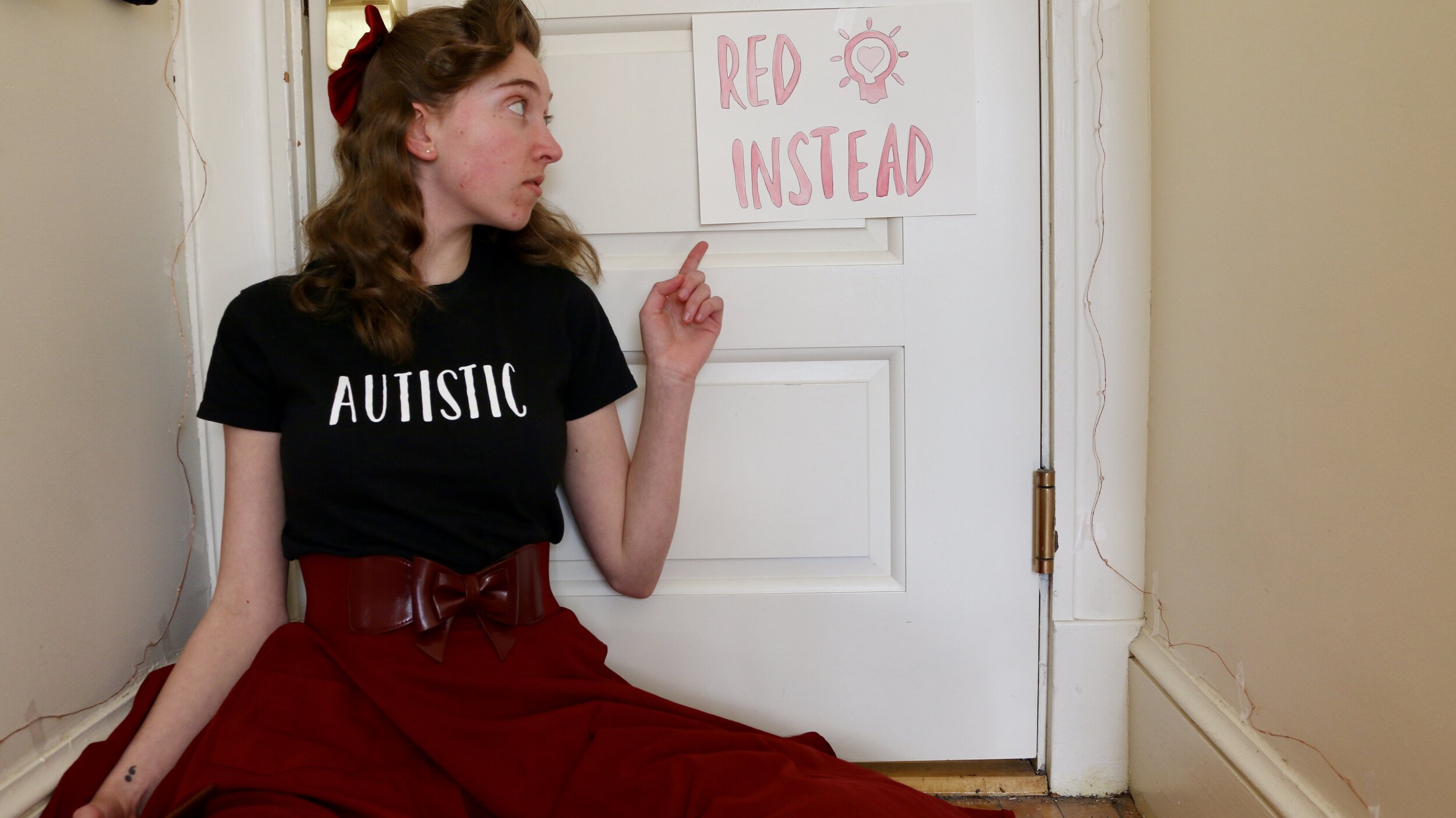
Ableism & Accessibility
(A comprehensive guide)
Watch the video version here
Or check out my entire ableism playlist here
And/Or my theatre-specific video which you can find here
If you’re a teacher, check out this playlist instead!
I made this resource in 2021. At this point, some of these things are semi-outdated. The general sentiments still stand, hence why the page is still up, but for more updated resources and information, please check out my more recent channel content.
First of all…
Hey friend! Before we get started I just want to thank you for taking the time to learn and for being willing to change. Also please don’t be too hard on yourself for messing up - we’re all human and we all make mistakes. The important piece is admitting them and learning from them. So! Let’s learn
What is ableism?
Ableism is the discrimination of and social prejudice against people with disabilities (or those perceived to have disabilities) based on the belief that typical abilities are superior
You may be thinking “well I don’t think I’m superior to someone in a wheelchair”, but in manifests in many other ways too. For example…
telling a disabled/chronically ill person to try harder/get over it
judging people for atypical motions and ways of speech
using slurs like r*tard or euphemisms like “differently abled” and “special needs”
thinking a person with a disability is overreacting or being high maintenance for stating their needs
discriminating against people who need accommodations/thinking they are high maintenance
telling someone not to call themselves disabled/not let their disability define them (they are defining, but they aren’t all we are)
comparing chronic/long-term disabilities to temporary/short-term injuries or illnesses (ex - I’ve had a headache once so I totally understand migraines)
no longer inviting someone out because their disability has caused them to cancel a lot of plans previously
thinking you understand how a condition affects someone without listening to them and researching their condition
avoiding interacting with someone because their disability/illness makes you uncomfortable
thinking those with disabilities are a leech on the system
inferring someone is lazy, unmotivated or not trying hard enough to get better
assuming that because someone is smiling/laughing/out that they must be better, or things are easy, or they are faking their disability
believing ableism is less toxic and harmful than racism, sexism, classism, etc.
speaking over disabled people/treating us like children/making us your pet project
thinking someone is using a diagnosis for attention/assuming someone is faking an “invisible” disability
ignoring the disability/pretending it doesn’t exist
toxic positivity
liking and share inspiration p*rn (the portrayal of people with disabilities as inspirational solely or in part on the basis of their disability)
thinking disabled individuals aren’t and can’t be intimate (Fun Fact! We have sexuality too!)
thinking spoken language is superior
thinking productivity measures a person’s worth
Accessibility
How can you make things accessible? People ask me this all the time so here is a basic list of things. Before we begin, two things to remember:
Disabled people aren’t required to help you make things accessible - we appreciate being part of the conversation, but the whole thing should not be placed on us if we are not hired in that kind of position
Accessibility is different for every single person - it may be perfectly fine and accessible for one person and an absolute nightmare for another. This is another reason we won’t visit your business and “sign off” on it being accessible. It’s also why people often don’t try to make things accessible because it is so individualized.
(A great instagram account for accessibility is @access_guide_ and you should go check them out)
But - here are some general things that make a huge difference
put materials in plain language
make things interactive to keep us engaged - having both an auditory and a visual component also helps us to understand what is happening and stay engaged
give options for both written and spoken communication
include image descriptions and captions with everything
don’t use super decorative or stylized fonts
don’t use flashing videos or gifs (or flashing lights)
generally just lower the volume of things
have quiet/sensory-friendly spaces
be very clear with communication and expectation (also keep things nicely in neatly in categories)
be accepting of communication styles and stims and service animals and all of those things
respect people with dietary restrictions and make food available they can eat
be willing to change and make accommodations as needed
having ramps and making things easy to physically navigate - also places to sit
speak clearly and concisely and make sure we can see you to lipread
be patient
educate yourself and others on meltdown protocol - and please do not restrain someone having a meltdown
email or text rather than calling
(If anyone has any questions or other things they want me to add to this list, feel free to email me at disabled.autistic.lesbian@gmail.com or message me on any of my socials!)